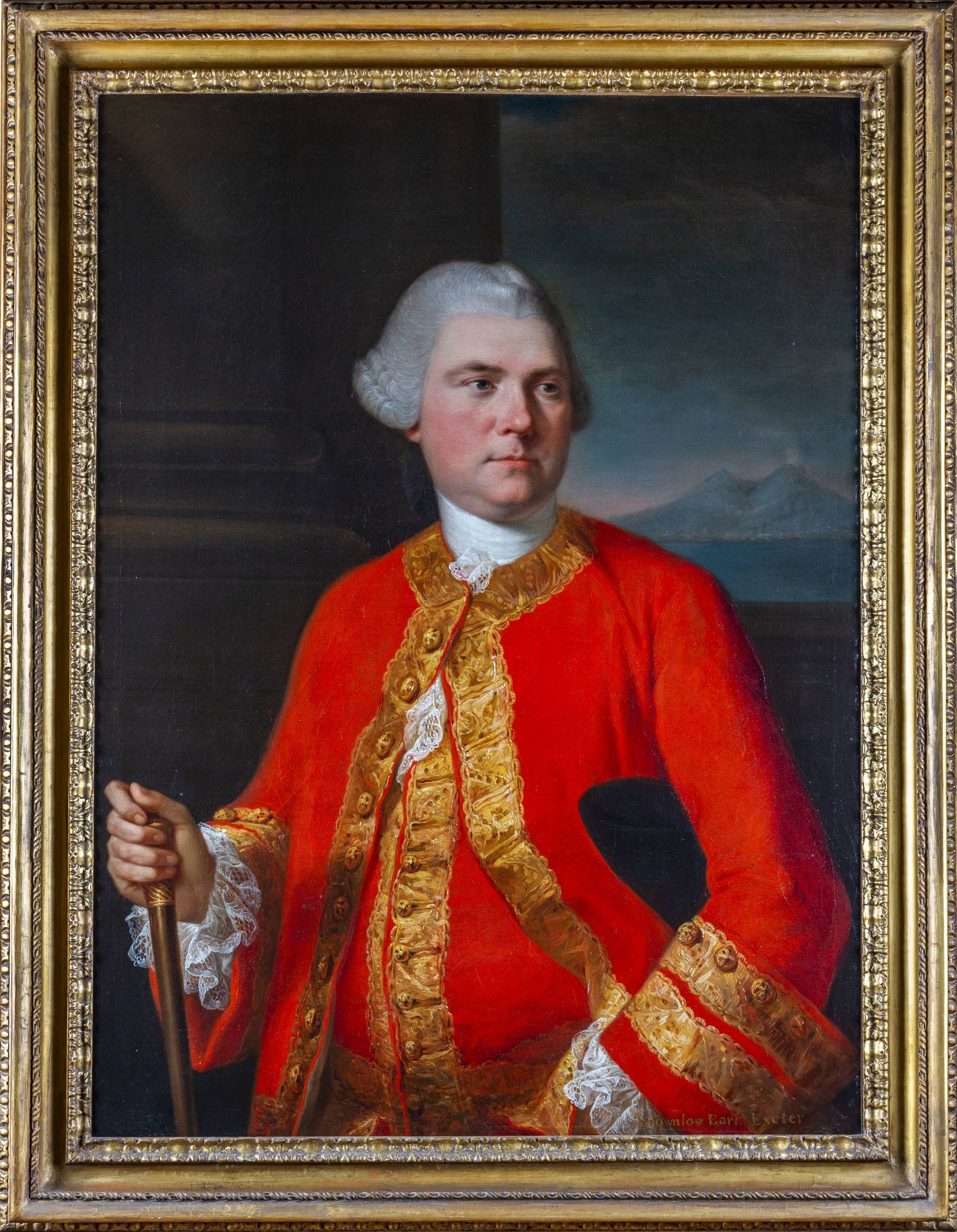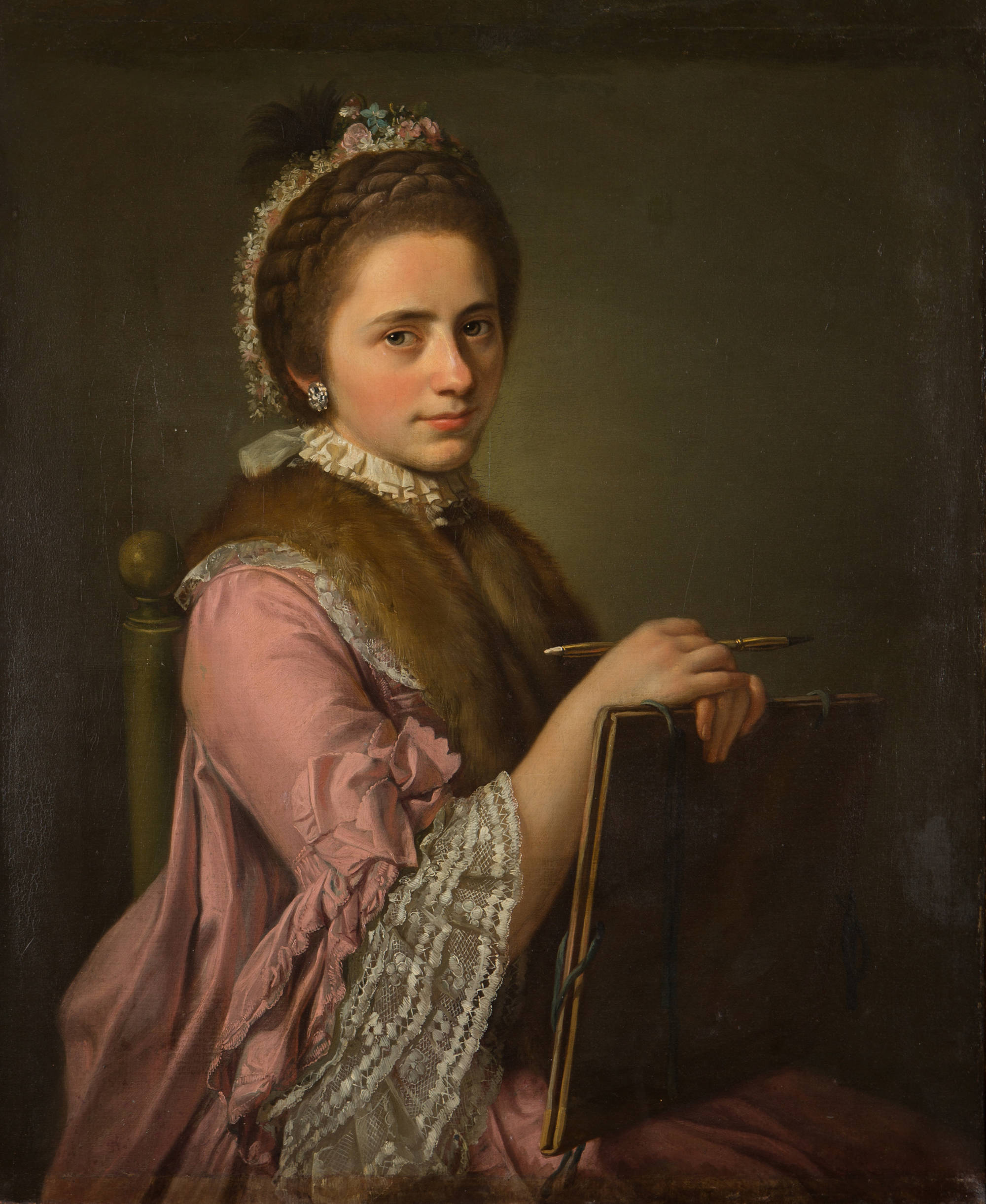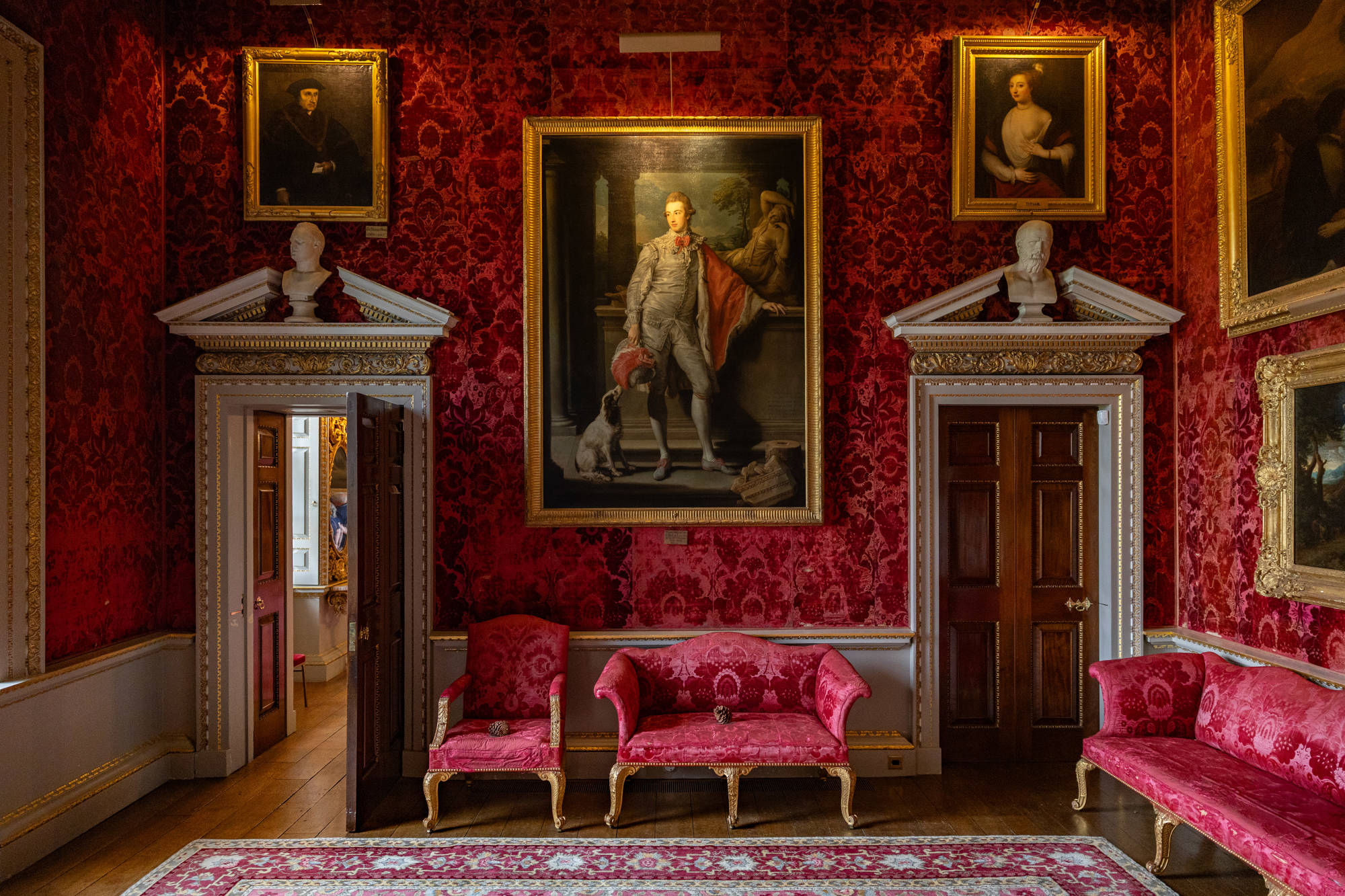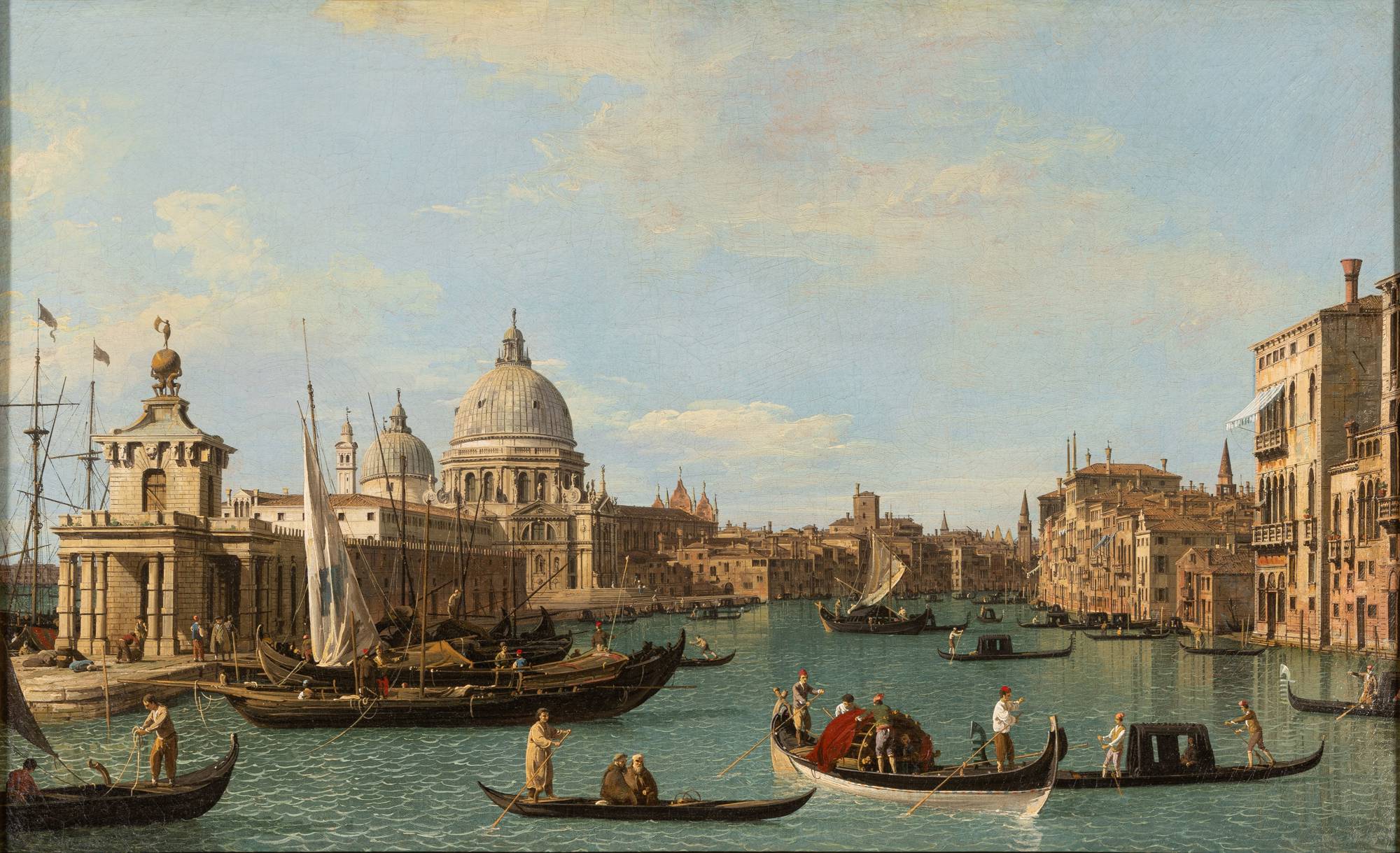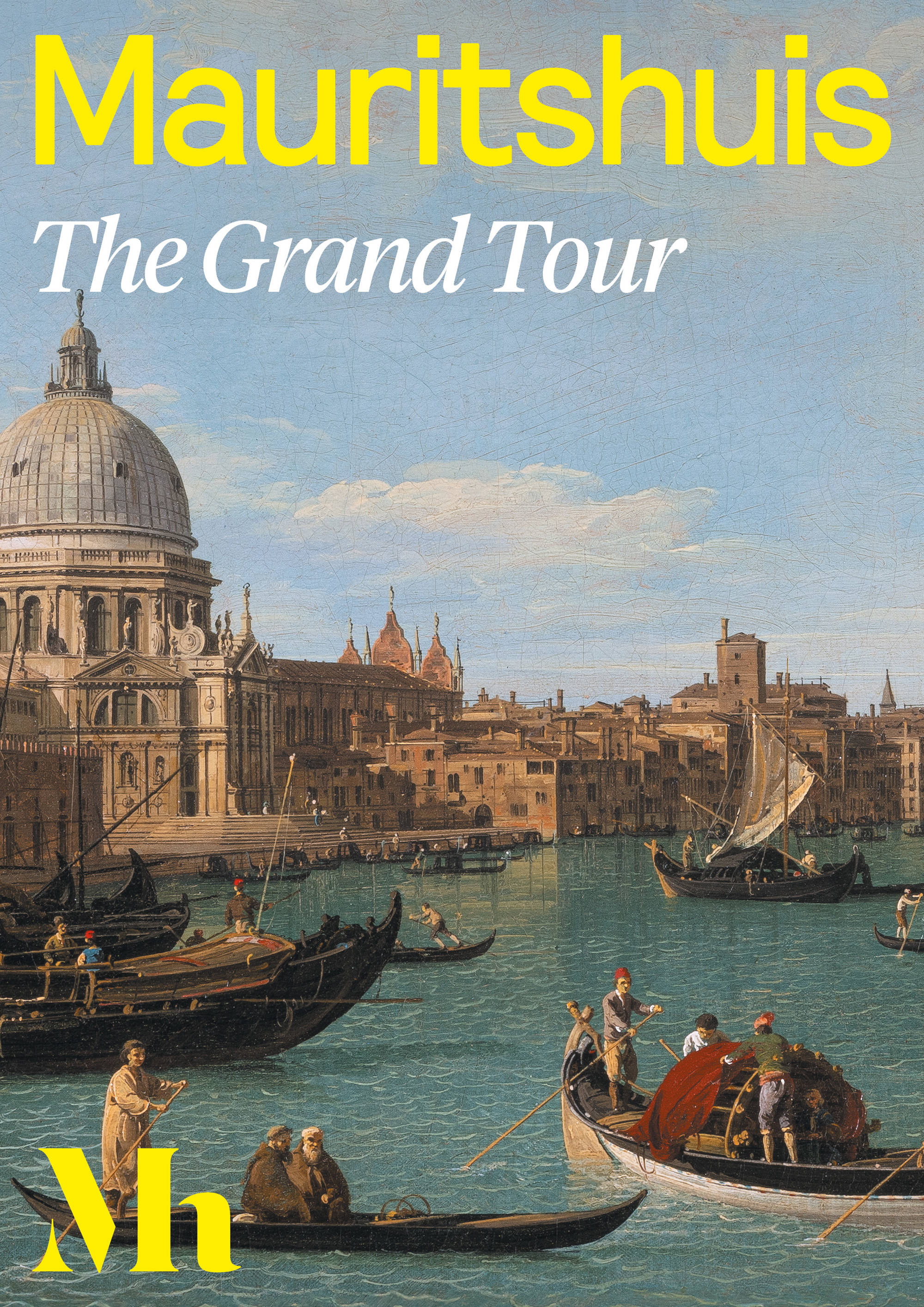
The Hague – From 18 September 2025 to 4 January 2026 the Mauritshuis will be presenting The Grand Tour – Destination Italy, featuring masterpieces from three of the UK’s most esteemed stately homes: Burghley House, Holkham Hall and Woburn Abbey. The art in this exhibition was collected on Grand Tours in the 17th and 18th centuries, when young British aristocrats finished their education by spending several years travelling in continental Europe. The highlights will include an impressive portrait of Thomas William Coke (Holkham Hall) by Pompeo Batoni, work by Angelica Kauffman (Burghley House) and two grand Venetian cityscapes by Canaletto (Woburn Abbey), all of them on display in the Netherlands for the first time.
